1. What was your journey like in the startup ecosystem?
MR: My journey in the startup ecosystem started 11 years ago spanning from being a senior advisor and project head with the consulting arm of Enterprise Singapore called the “SME Centre,” to being a Venture Builder at ING Bank’s innovation lab and eventually to leading an accelerator program at KPMG. The journey was indeed challenging and incredible as it enabled me to advise over 3,000 businesses along the way.
Thank you for reading this post, don't forget to subscribe!I started my own advisory business this year helping startups with partnerships, market access and strategic advice. The response has been overwhelming and I’m learning to implement productivity improvements in a solopreneur business like mine so that I can spend less time doing administrative work and more time doing what I love most which is working with founders to build awesome global businesses.
2. You have years of valuable experience in the startup space. What are the fundamental steps and considerations when forming a startup, especially for entrepreneurs who are new to the process?
MR: I would say don’t be in a rush. Your idea will evolve and take new shapes and forms as you speak to more people. Use tools like the Business Model Canvas to help you put down your idea onto paper. Working with the right team is very important too so choose your co-founders carefully. Think about validating your idea by speaking to potential customers for that product or service before you set out to build it. Lastly, consider viewing and building your business with a long-term lens from the start. Some of the best frontier and emerging market startups I’ve met have been registered in investor friendly locations from day one. Yes this will cost a bit of money but it will make your startup more investable.
Designing a Pitch Deck
3. Could you share insights on the key elements that should be included in a compelling startup pitch deck? Are there any must-haves?
MR: Keep it short at 15 slides max, avoid adding any unnecessary information. Make sure you have a clear problem statement, clear solution, clear ask and a crisp and clean background and while using as little word as possible. A must have is a bold statement on slide one such as “building Bangladesh’s largest x solution to x problem” this immediately gives the reader an idea of what its about, the rest of the slides are the why, how and who.
Fundraising Strategies
4. What are some effective strategies for early-stage startups to secure funding from angel investors or venture capitalists?
MR: LinkedIn is a very good tool for reaching out to the right people. I would strongly suggest reaching out to angel investors who have invested in other startups already. Don’t spam them with long messages and your deck after adding them. Instead start by asking them for a short 30-minute call to get feedback about your venture.
Valuation Methods
5. Valuing a startup can be challenging. Can you explain common valuation methods for startups and how entrepreneurs can justify their startup’s valuation to investors especially if it is an untapped market in the country?
MR: If we’re talking about pre-revenue startups you can value it based on the Burkas Method which includes the business idea, having a prototype, strength of the management team, strategic relationships and status of its product rollout. Another way is the Scorecard Method which compares the startup to others in the market taking into account things like strength of management, opportunity size, product or technology, competitive environment, sales and the need for additional capital. There’s a great video on YouTube by Alejandro Cremades that explains many different valuation methods.
Financial Projections
6. How should startups create realistic financial projections that attract investors while maintaining credibility?
MR: The key point here is to be realistic and show realistic growth. Its normal to have more expenses during the early days when you will be spending more on technology and other things however over time the financial projections should turn positive and show positive cashflow. Financial projection are commonly seen in order understand where the expenditure will go and how far is the break even point.
Pitching to Investors
7. What are the do’s and don’ts when pitching to potential investors, and how can entrepreneurs make their pitch stand out?
MR: Speak clearly and confidently. Answer all questions directly and with short answers unless the investor asks for more details. Prepare for difficult questions so that you don’t stumble when asked. Practice and time your pitch so that you do it well and within a fixed amount of time. Use real life examples that they might be aware of so you can bring your idea to life.
Market Analysis
8. How important is market analysis in the startup formation process, and what tools or methods do you recommend for conducting effective market research?
MR: Market analysis is very important. I would suggest two primary ways. The first one would be desk research for finding out the market size, major players in the space and things like that. The second would be speaking to people in the industry who will be direct or indirect users of your product or solution in order to validate that the problem is important to fix and that there are people willing to pay money for it. It does not need to be fancy it can be simple.
Scaling and Growth
9. Once a startup secures initial funding, what strategies should they implement to scale and achieve sustainable growth in a competitive market?
MR: This is different for every startup but I would suggest looking at where the bulk of your customers are coming from and explore that customer persona further. Another way is to hack your productivity by seeing which parts of your business can be automated so that it requires less of your time and headspace.
Learn how to fundraise internationally.
Masterclass on Fundraising in Singapore by Mustafa Rasheed
https://new.interactivecares-courses.com/courses/masterclass-on-fundraising-in-singapore/
Follow Mustafa on LinkedIn

